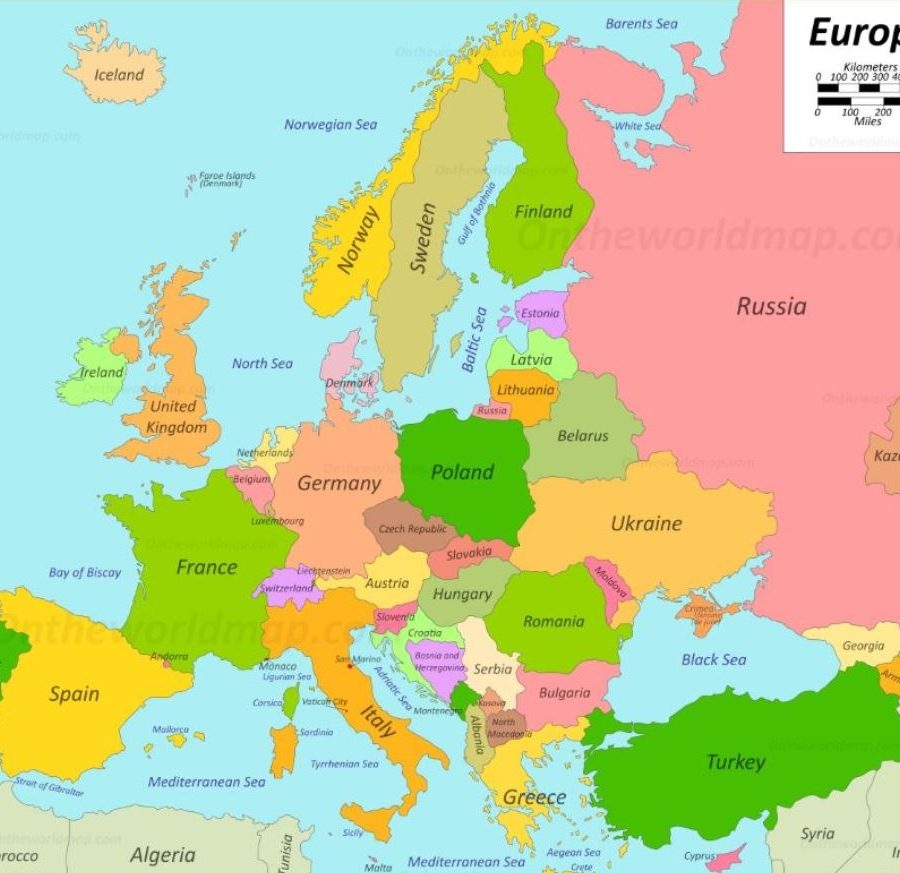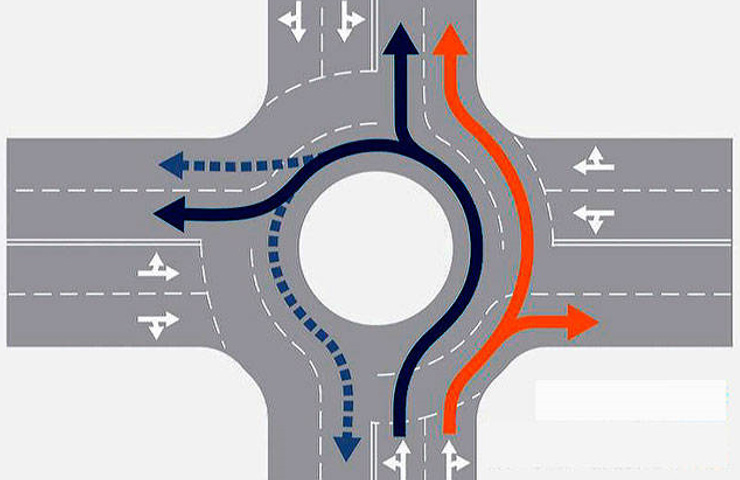From North America to Europe
This is a page meant to help North American travellers understand the differences and similarities of European countries, knock down some stereotypes and confirming others.
Travelling to Europe isn’t as easy and straight forward as going from USA to Canada or vice-versa. The link between Canada and USA is strong, smooth and at times hardly noticeable. That makes travelling between two countries a rather easy process, obeying the same rules, and being guided by the same social and cultural norms.
Europe on the other hand is made of 50 countries with a lot of differences and many more similarities. While English (the North American version) is widely understood and spoken on continental Europe, having a grasp of another language will make a lot of friends for a North American tourist. Which is the whole point of travelling…
 Political map of Europe
Political map of EuropeQuick points:
Europe is made of many cultures. Do your best and try not to confuse them. It will not go well with Europeans. While in North America no one really cares if you’re from New Jersey, Texas, New Brunswick, South Dakota or Ontario, in Europe they do. History and politics have left deep marks and it’s not the American or Canadian tourist’s job to smooth things over.
Customer Service in Europe is mainly based on the principle the customer is wrong most of the time and one would do well not to “demand to talk to the manager” while in Europe.
Public transit is the preferred transportation as it is fairly well developed and reliable. Use it! Inquire about passes and such.
Every major European city has dodgy areas that even locals avoid. Inquire with locals or do your homework before embarking on a city exploration.
Taxi drivers might try to scam you by charging more than they should. They would attempt to scam even if you speak the language but don’t have the local accent.
While big cities and popular attractions are a pickpocket paradise, small towns off the beaten path are safe and less crowded. Check our Pretty and Shy page!
Not everyone loves their neighbour in Europe! Some people still hold a grudge against other nations for various reasons, sometimes historical, sometimes due to personal experiences and stereotyping. Best to stay out of it.
Languages that will get you somewhere faster and easier, while in Europe:
English: Pretty much everywhere (almost)
French: France, Belgium, Luxemburg, Switzerland and sometimes Italy, Spain and Romania
German: Germany, Austria, Switzerland, Luxemburg, North Italy sometimes Czech Republic, Poland, Slovenia, Netherlands and Denmark.
Swedish, Danish or Norwegian: All Scandinavian countries-Denmark, Sweden, Norway and sometimes Iceland and Finland .
Italian: Italy and sometimes Romania, Spain, Switzerland, Portugal, Slovenia.

Driving in Europe
Most cars including rentals are equipped with manual transmission. Automatic transmission cars are available at a higher price and sometimes need to be ordered in advance.
SUVs and pickup trucks are extremely rare.
In major cities, one way streets are fairly normal as well as jaywalking.
No right turn on red light.
Yield to traffic is very common in Europe unlike the STOP sign.
Majority of traffic intersections are handled with roundabouts. The traffic already in the roundabout has priority except in Paris where right hand traffic has priority.
UK and Ireland, Malta and Gibraltar drive on the other side of the road than rest of Europe.
Country roads in UK are mostly one lane only with several “pockets” to allow opposite direction traffic to pass thru.
Speed cameras are common on country roads.
Parking is hard to find in cities and street parking is quite common. Parallel parking skills need a brush up when travelling to Europe. Same as parking uphill or downhill.
Speed limits vary from country to country. Check before you drive.
Fines for traffic and parking offences are strictly enforced. Watch out in Switzerland where a traffic offence could even come with hefty fine or even jail time.
Legal alcohol intake limits when driving vary from country to country. Some have 0%.
Winter tires are mandatory in several countries in Central and North Europe.
Gasoline is a lot more expensive (almost double the price) than US and Canada
